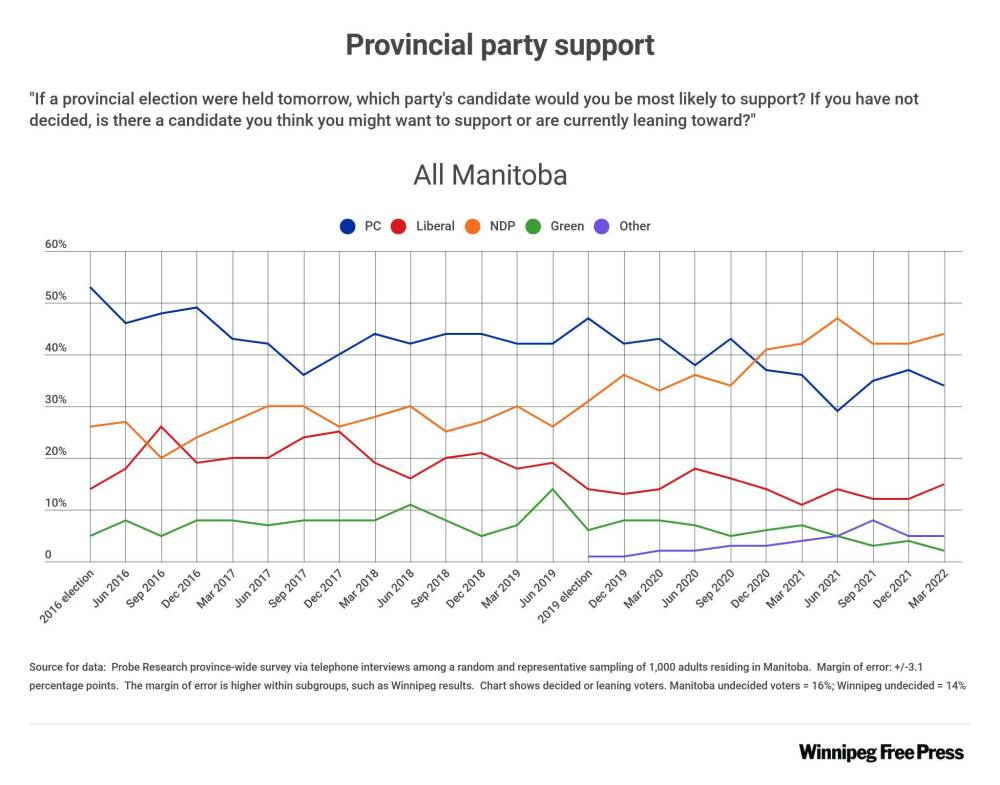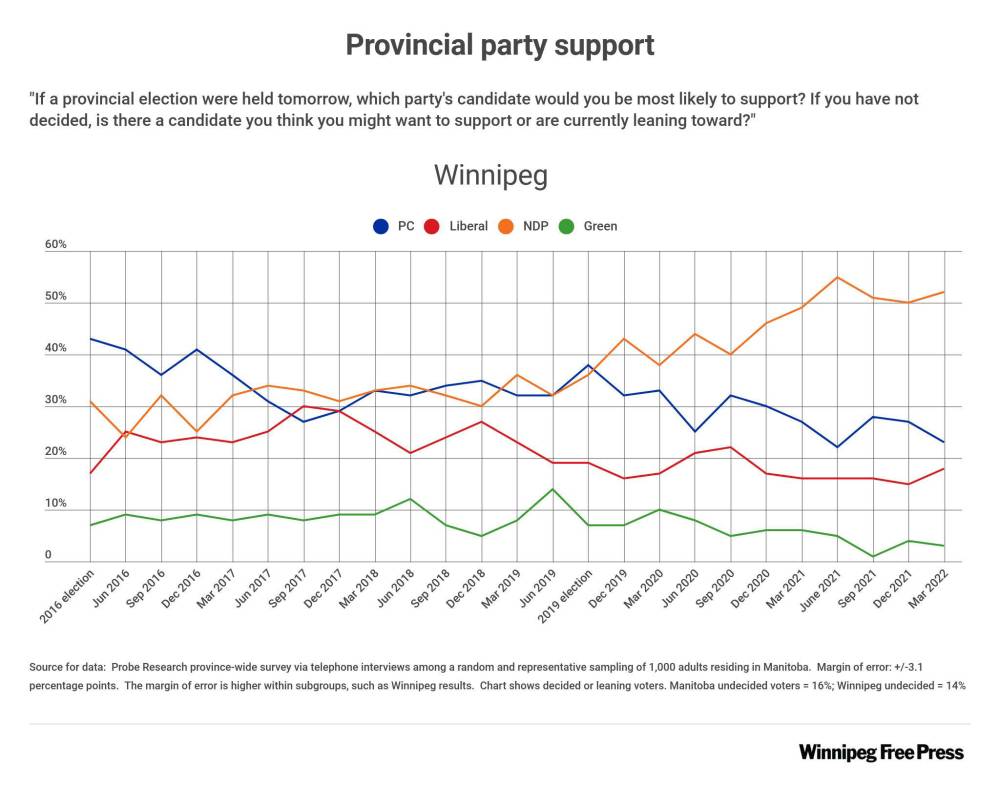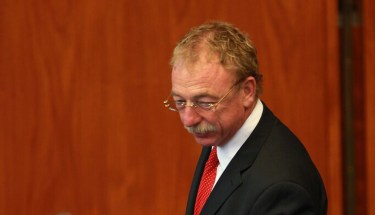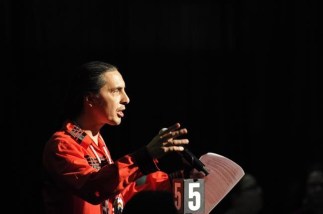Stefanson-led Tories fall further behind NDP, ‘catastrophic’ survey reveals U of M political analyst says gap between two parties’ support ‘unprecedented’
Read this article for free:
or
Already have an account? Log in here »
To continue reading, please subscribe:
Monthly Digital Subscription
$0 for the first 4 weeks*
- Enjoy unlimited reading on winnipegfreepress.com
- Read the E-Edition, our digital replica newspaper
- Access News Break, our award-winning app
- Play interactive puzzles
*No charge for 4 weeks then price increases to the regular rate of $19.00 plus GST every four weeks. Offer available to new and qualified returning subscribers only. Cancel any time.
Monthly Digital Subscription
$4.75/week*
- Enjoy unlimited reading on winnipegfreepress.com
- Read the E-Edition, our digital replica newspaper
- Access News Break, our award-winning app
- Play interactive puzzles
*Billed as $19 plus GST every four weeks. Cancel any time.
To continue reading, please subscribe:
Add Free Press access to your Brandon Sun subscription for only an additional
$1 for the first 4 weeks*
*Your next subscription payment will increase by $1.00 and you will be charged $16.99 plus GST for four weeks. After four weeks, your payment will increase to $23.99 plus GST every four weeks.
Read unlimited articles for free today:
or
Already have an account? Log in here »
Hey there, time traveller!
This article was published 25/03/2022 (1353 days ago), so information in it may no longer be current.
Choosing a new leader hasn’t revived support for Manitoba’s ailing Progressive Conservative government.
The latest Probe Research survey conducted for the Free Press shows the gap has widened between Tories and the NDP, who have pulled even further ahead in Winnipeg.
“I would say that this is a catastrophic poll for the PCs,” said longtime political analyst Christopher Adams. “The PCs are are pretty well at rock-bottom in the polls right now.”
Provincial support for the NDP is 44 per cent — a two per cent increase from December’s survey.
PC party members elected Heather Stefanson to replace unpopular premier Brian Pallister in October, and have seen support drop to 34 per cent from 37 per cent.
Gender hasn’t appeared to help garner Stefanson — Manitoba’s first female premier — support from women. In Winnipeg, the PCs have just 16 per cent support, compared to the NDP, which has the backing of by 50 per cent of women. Among the Tories’ rural base, 21 per cent of women support the PCs, compared to 42 per cent favouring the NDP.
Lifting pandemic restrictions hasn’t lifted support for the governing Tories, either. The Probe Research survey was carried out March 9-21, after the province eliminated the proof-of-vaccination requirement to enter many indoor public places on March 1 and on March 15 ended the indoor mask mandate.
And being a Winnipegger hasn’t helped the new premier. Support for the PCs fell four points to 23 per cent in the vote-rich city. The NDP gained two points and has the support of 52 per cent of decided or leaning voters.
The 29 per cent spread between the two parties in Winnipeg is stunning, Adams said.
“I’ve been watching the conservatives in Manitoba for a few decades and I’ve never seen them down at 23 per cent,” the University of Manitoba political studies adjunct professor said. “That’s unprecedented.”
The number wasn’t that low at the height of NDP popularity in the 2000s, when Gary Doer was premier and the Tories languished in the political wilderness, he said.
In southwest Winnipeg, the traditionally third-place Liberals (20 per cent) did slightly better than the PCs’ 17 per cent with support for the NDP at 38 per cent. Provincewide, the Liberals got a bump — up three per cent, roughly the poll’s margin of error — to 18 per cent support.
The southwest corner of the city includes the former Tory stronghold of Fort Whyte. In Tuesday’s byelection there to fill the seat formerly held by Pallister, PC candidate Obby Khan barely won in a nail-biter.
Tories face uphill climb digging out of current support hole
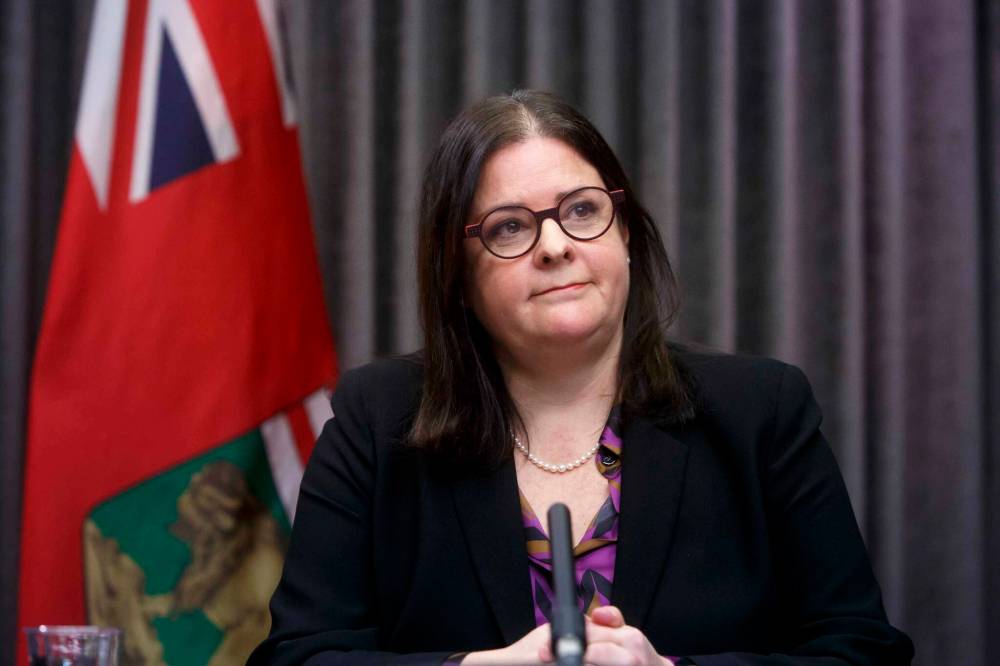
Posted:
Premier Heather Stefanson has not made a good first impression on Manitobans.
Sixteen per cent of those polled said they were undecided. Seven per cent said they’d prefer a party not represented in the legislature, including two per cent who’d vote for a Green party candidate — a two per cent drop for the Greens.
Older voters traditionally preferred the PCs over the NDP, but that support has slipped. The two parties are virtually tied in support among voters age 55 and over (37 per cent and 39 per cent, respectively).
The governing Tories have been in decline since December 2020, when the NDP moved ahead of Pallister’s party for the first time since the 2019 election.
Provincial support for the party bottomed out in June, when the Probe/Free Press survey showed it plummeted to 29 per cent from 35 per cent three months earlier, while the NDP gained five points to 47 per cent support. That gap narrowed in the next two polls conducted in September and December with the New Democrats 10 points ahead of the PCs in the latest poll.
Probe Research president and founder Scott MacKay said that at the PCs low point in June, Pallister had become so “toxic” that it appeared the combative leader would “drag the party down” without a chance of winning another election.
“Replacing him with almost anyone (it seemed) would be a good thing and maybe put them back on a good footing again, but that really didn’t happen,” MacKay said Friday.
“It seems that there’s sort of a steady stream of bad news for (the premier)… fumbles or problems that she’s having with her leadership and her statements. There’s time for these things to change, but it sure doesn’t look good for them right now.”
Adams said Khan’s byelection win was a “bright spot” for the PCs “in their winter of discontent.” The charismatic ex-Blue Bomber and entrepreneur is new to politics and will become Manitoba’s first Muslim MLA. The premier referred to Khan as “the face of the party” after his narrow win on election night.
“They’ve got to convince the average, middle-class voter that the party can handle the health crisis that’s happening.” – Political analyst Christopher Adams
“Many might be seeing him as a leader in waiting — someone who would hit the reset button,” Adams said.
Whoever leads the PCs will have to carry the government’s baggage — including intensive-care unit patients being sent out of province and the growing backlog of surgical and diagnostic procedures — he said, adding if the party wants to retain power in the next general election expected by Oct.3 2023, it’ll have to rebuild.
“They’ve got to convince the average, middle-class voter that the party can handle the health crisis that’s happening,” he said.
And the Tories will have to overcome dissatisfaction with province’s handling of COVID-19 restrictions, the so-called “freedom convoy” in Manitoba that blocked the border and occupied Memorial Park, along with Stefanson’s “issues of communications,” Adams said.
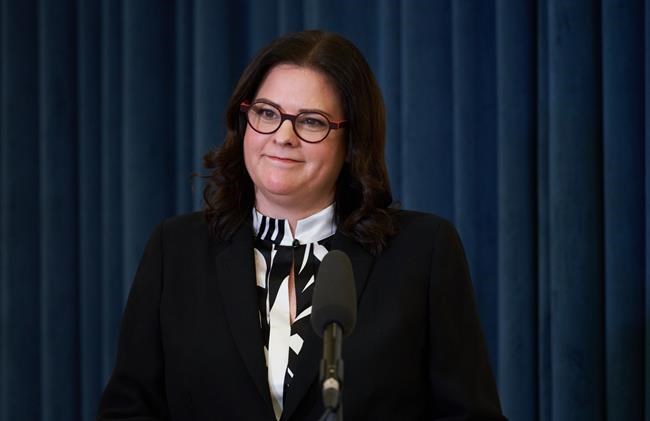
He said he’s starting to see a PC strategy emerge.
“They’re going to position Wab Kinew in the next election as the guy that they advise women voters not to support,” Adams said, referring to a Free Press report this week on widely respected Municipal Affairs Minister Eileen Clarke vouching for the premier’s kindness while going after the NDP leader for repeatedly grilling Stefanson in the house with tough questions about the death of critical-care patient Krystal Mousseau.
“Wab Kinew is being positioned as the misogynist leader of the opposition who won’t let go of this issue,” while the premier is “bearing the brunt of the opposition’s repeated questions,” Adams said.
The poll was conducted with a random and representative sample of 1,000 adults living in Manitoba. One can say with 95 per cent certainty that the results are within (plus or minus) 3.1 percentage points of what they would have been if the entire adult population of Manitoba had been surveyed.
carol.sanders@freepress.mb.ca

Our newsroom depends on a growing audience of readers to power our journalism. If you are not a paid reader, please consider becoming a subscriber.
Our newsroom depends on its audience of readers to power our journalism. Thank you for your support.

